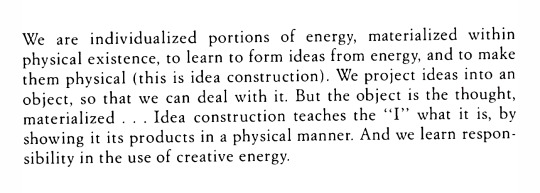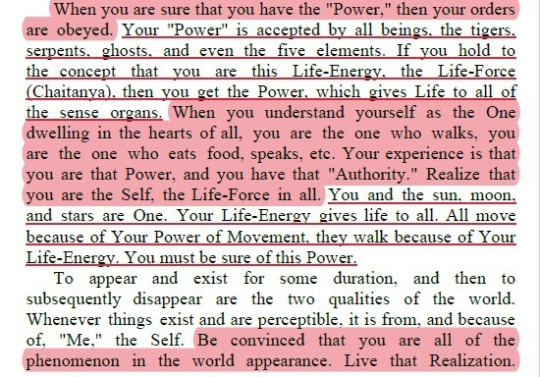Text
The historian of religions, and especially the historian of mysticism, almost by definition it seems, is someone who deals with the exotic and the erotic. Shamanic identifications with totem animals, ecstatic trips to the world of the dead, mystical unions with God, with the cosmos, and with the self, macabre visions of dismembered gods and disemboweled holy men, cross-dressing saints, ascetic practices that seem to alternate between the horrible and the ridiculous, male brides and virginal wives, saintly anorexic suicides, myths of bloodthirsty goddesses, gory, cruel sacrifices animal, human, and divine, and spiritual castrations metaphoric, apocryphal, and real- these are just some of the spiritual realities that the historian of religions seeks out in the texts, rituals, myths, and people of the world’s religions in order to experience and understand them “from within.”
Jeffrey J. Kripal, Roads of Excess, Palaces of Wisdom: Eroticism and Reflexivity in the Study of Mysticism
30 notes
·
View notes
Text
Wanna learn energy work? Wanna keep yourself on your toes? Get a rock.
Legit any rock, bonus points if it's got personal meaning. Put it in your hands or in a space where you can see it. Connect to something, like the sun, the moon, a spirit, the earth... Create a circuit, energy goes into you and energy goes out of you. You're not the proprietor of the world, you sustain it and it sustains you.
Find your center point, find the source's center point... Now find the stone's center point. Continue with the circuit. Energy comes into you, leaves you and enters the stone, leaves the stone and back into you, and then back into the source.
The stone becomes more affected and resonant by exposure, now pump it with energy. Give it its own circuit (it takes in energy and sends out energy, sustaining itself) and repeat constantly to just build up the muscle.
666 notes
·
View notes
Text
I don’t know who needs to hear this but having doubts about your practice is totally normal and actually beneficial.
Questioning everything is intelligence.
2K notes
·
View notes
Photo

Jane Roberts, The Nature of Personal Reality
323 notes
·
View notes
Text
If you understand the skeleton key that all beliefs can be changed no matter what type of belief it is, then even when you experience a negative belief that is attempting to reinforce itself and make it seem as if no other belief is possible, you will always be able to go to that neutral space and go, "But I know that all beliefs can be changed." And then you have the key; you can unlock yourself from the negative one and you can choose whichever you prefer.
Bashar (channeled by Darryl Anka)
60 notes
·
View notes
Text
Every spiritual practice should be based on these three pillars:
1.) Study- reading, listening or otherwise absorbing information about your practice, learning about theology, metaphysics, and the theory behind your path.
2.) Contemplation- internalising what you learned through study, connecting it to your experiences and letting it absorb into the way you see the world around you.
3.) Practice- taking what you contemplated on and using it to alter the reality you live in
291 notes
·
View notes
Text
Don't let modernity take the magic out of your life. Allow yourself to see the world as a beautiful place, a place you belong in, one that you were made for.
3K notes
·
View notes
Text

excerpt from the corpus hermeticum
6 notes
·
View notes








